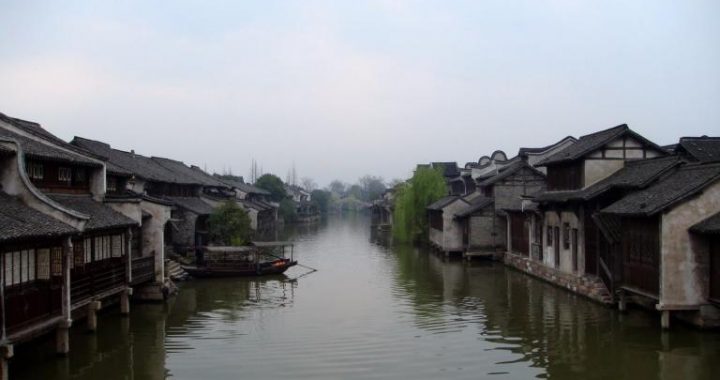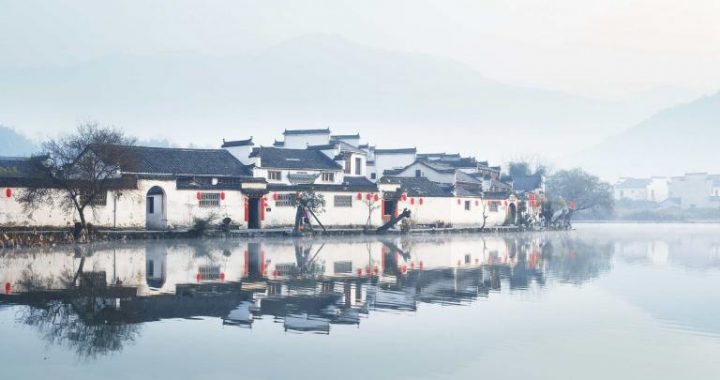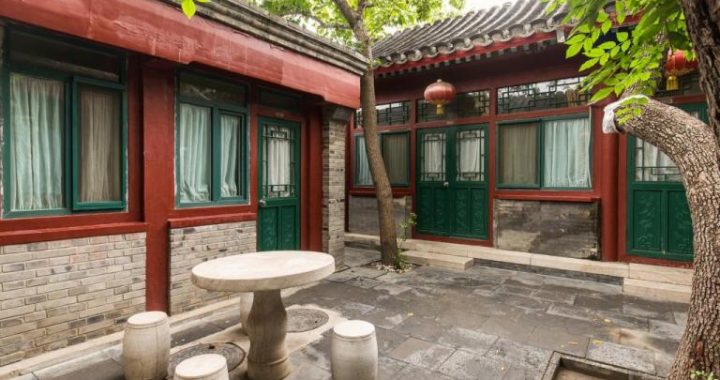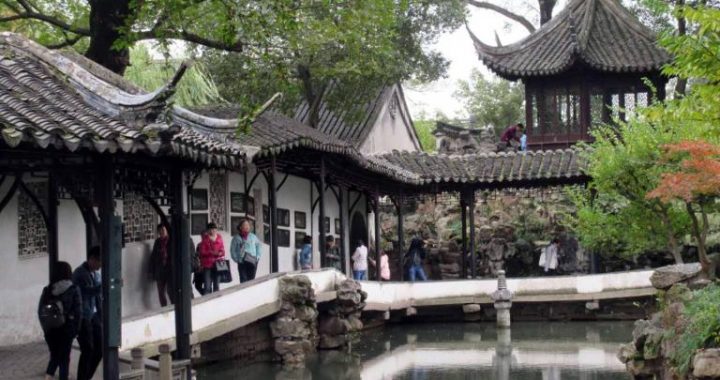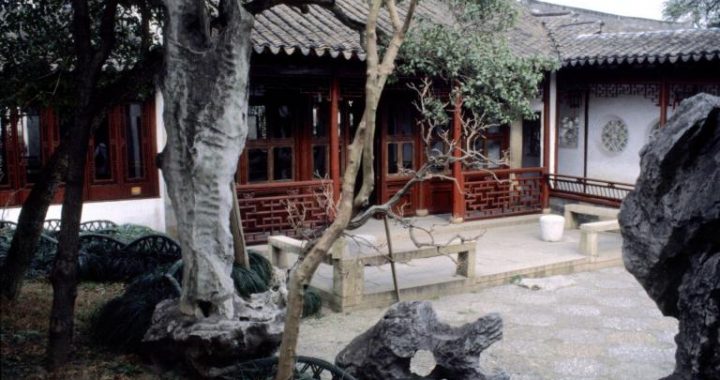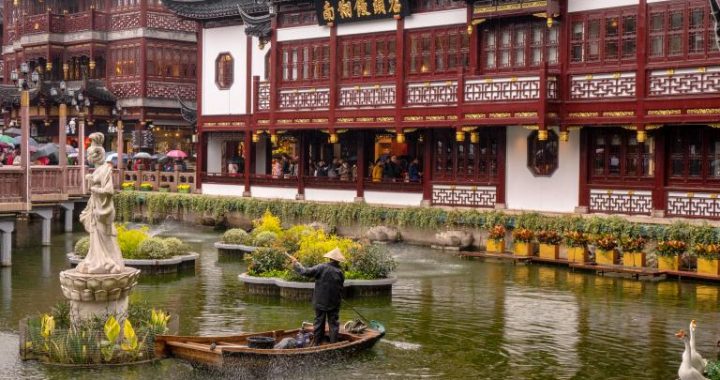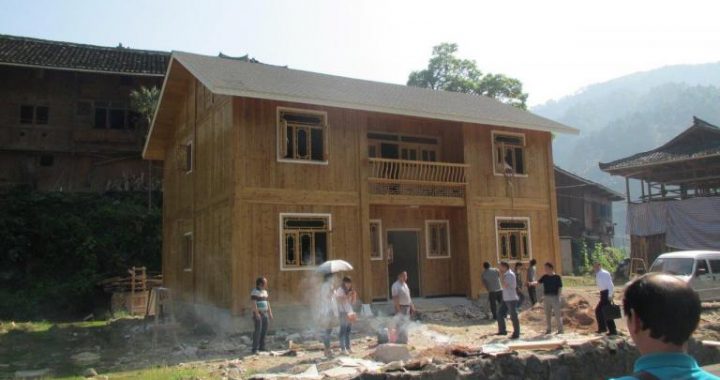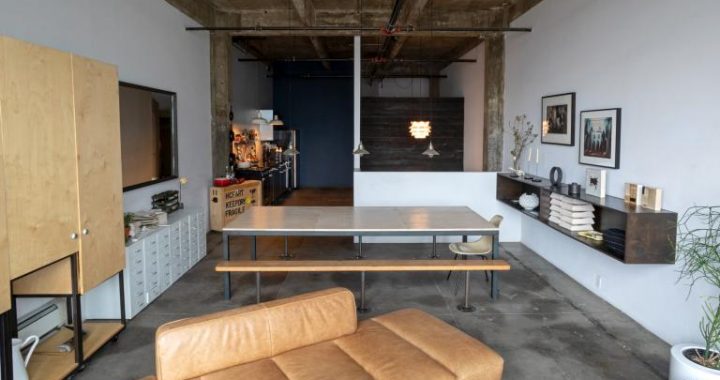Christian Buildings in ancient China
3 min readAccording to the “Memorial of the Propagation in China of the Luminous Religion from Daqin”of the Ming Dynasty unearthed in Xi’ an, the Luminous Religion(Christianity) spread to China back in the gth day of the Zhenguan Period of the Tang Dynasty (635).
The earliest churches were mostly Chinese civilian residences and temples built according to Chinese traditional architectural styles with some Western decorations. Simple ones only had a cross as the symbol. Later, some Western preachers began to carry out independent design, and Christian churches emerged across the country as an architectural type that spread to China from the West.
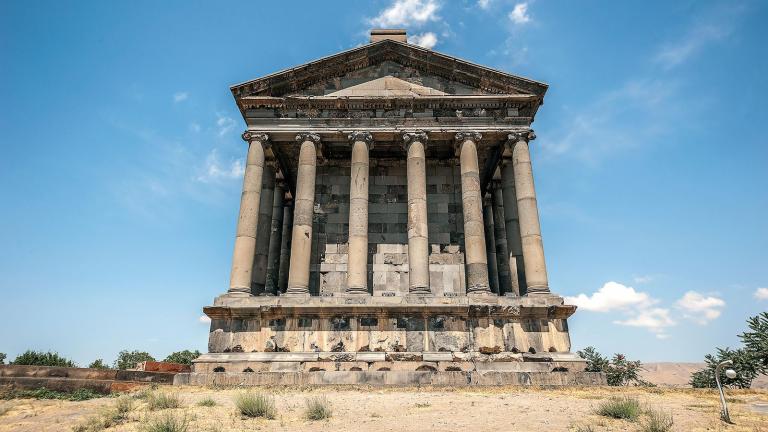
Romanesque churches. Early churches in China usually adopted this style.
The St. Fransis Xavier Church built at Dongjiadu in Shanghai between 1847 and1853 is the earliest existing Western-style church named after the Christian priest St. Fransis Xavier who came to the Far East first but failed to reach Chinese inland and died on the Shangchuan Island. This church’s style is a mixture of the Romanesque style and the Baroque style. The Pidgin CatholiChurch, originally called St. Josephis Church, was built along Sichuan RoadSouth in the French Concession in Shanghai between 1860 and 1861. It is a typical French Romanesque church with very eye-catching stained-glass windows in the side walls.
Gothic churches. This style is very common in Chinese catholic and Protestant architecture. The Shishi Sacred Heart Church in Guangzhou built between 1863 and 1888 is one of the most typical and most exquisitely builtmodern French Gothic catholic churches in China. The 58.5-meter-high steeple is the highest among all churches in China. The most outstanding Gothic catholic church is the Xujiahui Catholic Church. It is also the largest church in Shanghai with lofty towers on both sides of the front gate and a Gothic rib vault structure inside. The whole church is tall and has harmonious colors, striking people as sacred and sublime. It is called “the giant church in China.”The Holy Trinity Church, the earliest existing Christian chapel in Shanghai, also has the style of British Gothic churches, partially influenced by Romanesque architecture.
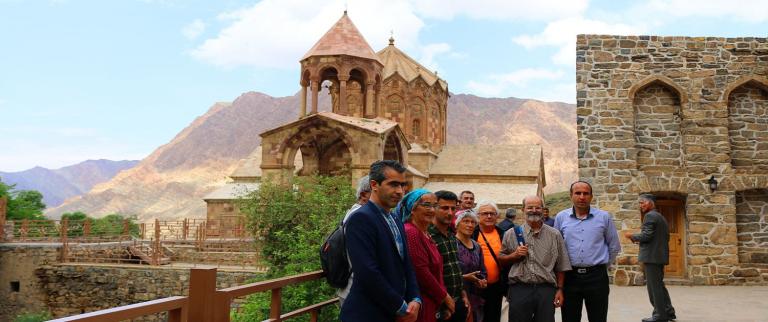
There are also a lot of churches imitating the Renaissance style and the Baroque style in China. The St. Michael’s Church along Zhejiang Road in Qingdao is a typical eclectic building mingling the mixture of the Gothic style and the Romanesque style with Renaissance architectural designs. It is located on the commanding height at the city center-the west ridge of the Guanhai Mountain. The two lofty towers have become an important component of the map of Qingdao’s urban space and the focus of urban scenery.
Harbin is the city with most Eastern Orthodox churches in China deeply influenced by the style of Russian churches.The St.Sophia Church was first built in 1907 with a Latin cross plane.The main part is a crossing barrel vaultstructure,four large brick piles under the central vault support the round drum,and a huge onion-shaped vault is above the drum.There is a tent-roofed steeple on the octagonal bell tower on the front side,also capped with an onion-shaped vault;the other three sides are also like this,but their heights are lower than the front side,making the main entrance prominent.
Though churches in Chinese mainstream modern cities are improved buildings instead of completely orthodox Western church buildings,Chinese traditional architectural elements are mingled partially after all,forming the phenomenon of mixed styles and the eclectic trend.The basic styles and types of Western churches imitated by them are still discernable.Church buildings in Chinese modern edge cities and remote towns have more casual architecturalforms.The constituent elements in Chinese traditional architecture such as
towers,roofs,archways and festooned doors combine randomly with towers,vaults,arches,rose windows,crosses,etc.in Western church buildings,forming various lively and interesting architectural forms and constituting a unique view in China’s modern history of integration of Chinese and Western architectural culture.

